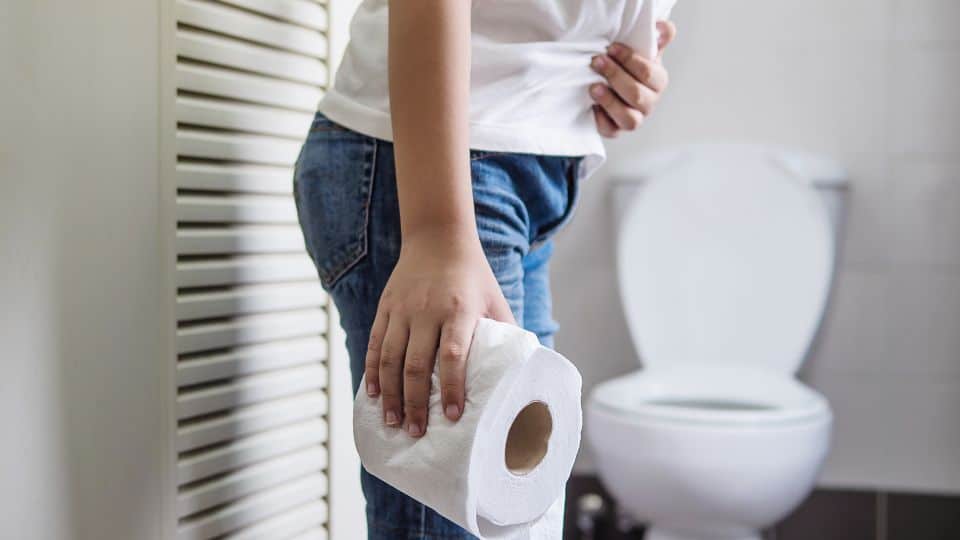All you need to know about urinary incontinence (UI)

The loss of bladder control can be an embarrassing issue. However, urinary incontinence is not an uncommon problem and many people may experience an occasional or minor leak of urine in certain circumstances. Here’s what you need to know about urinary incontinence and when you should consider seeing a specialist about it.
What is Urinary Incontinence
Urinary incontinence refers to the condition of uncontrollable leakage of urine. As it becomes more frequent and severe, it may result in inconvenience as well as social and hygiene problems. Due to the difference in structure of the urinary organs, this condition is more prevalent in women and the chances of contracting urinary incontinence also increases with childbearing and age related muscle tone weakness. However, it may still occur in both men and women, regardless of age.
Types of Urinary Incontinence
Urinary incontinence is categorised into four main types.
- Stress incontinence
Stress incontinence occurs when there is an involuntary urinary leakage because of pressure exerted on the bladder or within the abdomen, e.g. coughing, laughing, sneezing or lifting something heavy. This is due to the weakening and laxity of the muscles and connective tissues that control the flow of urine. Some common causes of stress incontinence are pregnancy, natural childbirth, congenital causes, uterus, prolapse and obesity. - Urge incontinence
Urge incontinence occurs when there is an involuntary urinary leakage preceded by the urgency to urinate, for example, before the individual manages to find or reach a toilet. This may be due to hyperactive bladder muscles which causes frequent urges to pass urine even if the volume is low. Often paired with frequent urination and waking up in the middle of the night to pass urine multiple times, it is also called the “Overactive Bladder Syndrome”. - Overflow incontinence
In contrast to urge incontinence, overflow incontinence is due to underactive bladder muscles or obstruction to the urine-pipe. This results in difficulty in emptying the bladder adequately, causing dribbling or “overflow” urinary leakage in between toilet visits. Some common causes of overflow incontinence are stroke, dementia, spinal cord injury or disease, post-delivery or surgical complications, diabetes mellitus and significant pelvic organ prolapse. - Functional incontinence
Functional incontinence occurs when there is an involuntary urinary leakage because of physical impairment and not because of any problems with the bladder. Common causes of functional incontinence are dementia and severe arthritis.
Mixed incontinence refers to when an individual suffers from a combination of urinary incontinence types, usually a combination of stress and urge incontinence.
Other risk factors of urinary incontinence also include:
- Urinary tract infection (UTI)
- Constipation
- High alcohol and caffeine intake
- Smoking
- Menopause
- Complications due to medication
- Family history
- Neurological conditions
- Certain types of cancer

Diagnosis for Urinary Incontinence
While leakage of urine is the main symptom, here are some additional ways to spot urinary problems:
- Urgency
The strong urge to urinate even when the bladder is not full and experiences pelvic discomfort or pressure.
- Frequency
Urinating more frequently than usual i.e. going to the toilet multiple times within 1-2 hours or more than seven times in a day.
- Nocturia
Waking up to urinate more than twice during sleeping hours.
- Dysuria
Experiencing pain during urination
- Enuresis
Bed-wetting during sleep
While it may be uncomfortable or awkward discussing urinary incontinence with a doctor, it is vital to seek timely treatment if you have experienced involuntary urinary leakage and any of the above symptoms. It is even more crucial to seek medical advice when urinary incontinence starts affecting your quality of life as it may also be an indication of other underlying conditions. Fortunately, urinary incontinence is a treatable condition with treatment options ranging from simple lifestyle changes to doing daily pelvic floor exercises, medications, or surgical interventions. Do not hesitate to consult a doctor if you have any health concerns.


